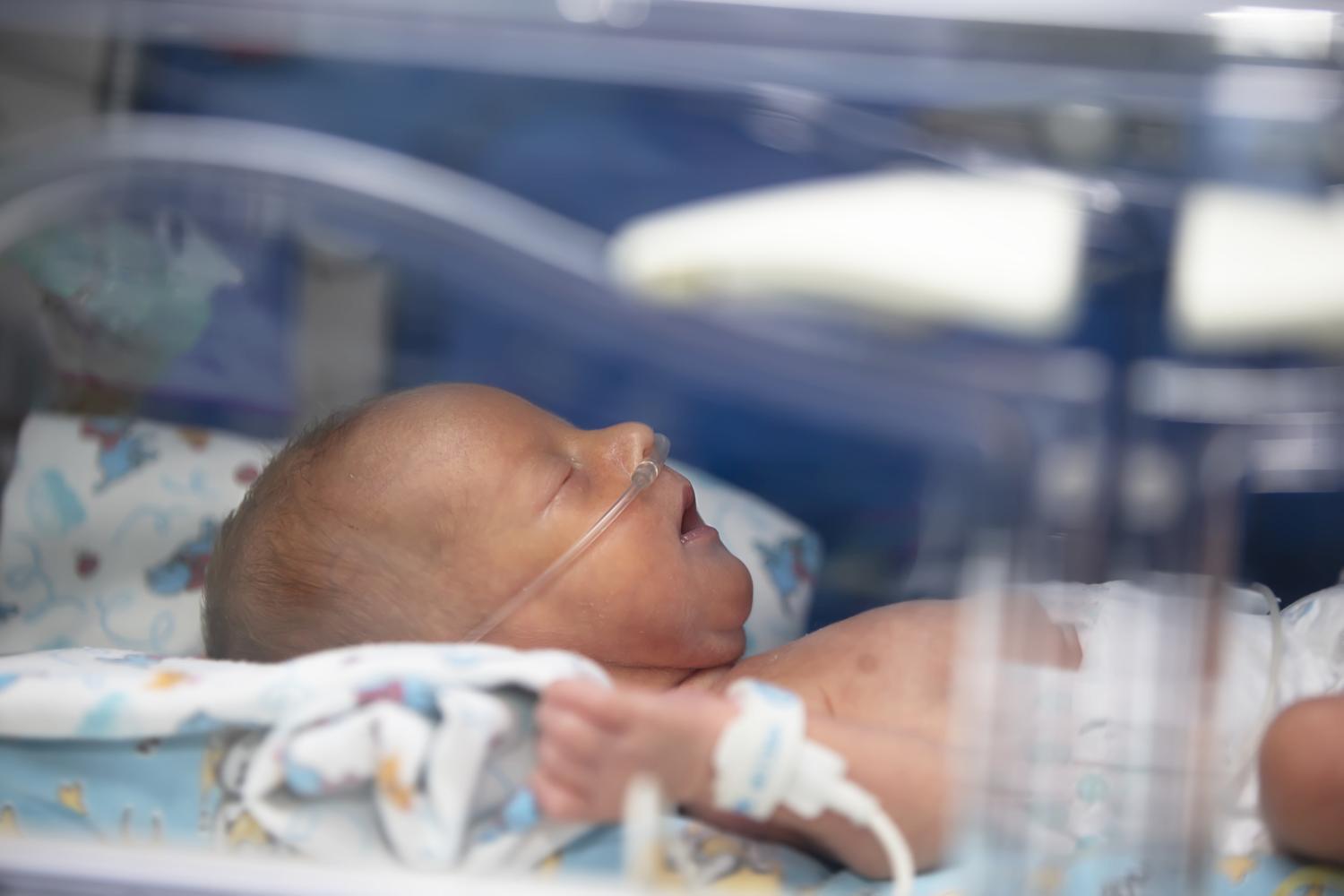A large nationwide study in Sweden found that low exposure to antibiotics in newborns treated in neonatal units over a 9-year period was not associated with an increased risk of early-onset sepsis (EOS), researchers reported today in JAMA Network Open.
But the study also found that the number of newborns who are treated with antibiotics is higher than it should be, given the low prevalence of EOS and low mortality associated with the condition, a finding the study authors say indicates that efforts to reduce unnecessary antibiotic use in newborns are needed.
Low EOS incidence
Using data from the Swedish National Quality Register and the Swedish Medical Birth Register, researchers with the Sweden Neonatal Antibiotic Use study analyzed intravenous antibiotic use during the first week of life, the duration of antibiotic therapy, the rates of culture-proven EOS, and mortality associated with EOS in all late-preterm and full-term babies born from 2012 through 2020 in all neonatal units.
All hospital live births from 34 weeks' gestation were included in the study. The aim of the study was to assess how much antibiotic use for EOS in newborns is warranted.
While neonatal sepsis is a serious condition that can become life-threatening if newborns don't receive prompt antibiotic treatment, the study authors note that the fear of missing EOS, which can be caused by bacteria transmitted from the mother to the newborn during childbirth, is one of the contributors to overuse of antibiotics in neonatal units. Several studies have found that antibiotic exposure in early life disrupts the microbiome and may be associated with increased risk of several adverse outcomes later in life, including allergies, obesity, diabetes and inflammatory bowel disease.
Of the 1,025,515 newborns born at gestational age (GA) 34 weeks or later who were included in the study, 19,286 (1.88%; 39.9% female; median GA, 40 weeks) were treated with antibiotics in the first week of life. Of the newborns who received antibiotics, 647 (3.4%) had EOS, and 9 (1.4%) died.
The incidence of EOS was 0.63 per 1,000 newborns, and the incidence of culture-proven sepsis was 0.70. The most common pathogens found in blood cultures were group B Streptococcus (GBS, 51% of positive blood cultures), Escherichia coli (11%), and Staphylococcus aureus (10%).
Antibiotic use still too high
The median duration of antibiotic use in newborns without EOS was 5 days, and there were 113 antibiotic-days per 1,000 live births. Although there was no significant change in exposure to antibiotics or antibiotic-days per 1,000 live births during the study period, EOS incidence fell from 0.74 per 1,000 newborns in 2012 to 0.34 in 2020. The authors say the decline in EOS was mainly due to the reduction in the incidence of GBS, which may be linked to intrapartum antibiotic prophylaxis (prevention) guidelines.
For each newborn with EOS, antibiotics were initiated in 29 newborns, and 173 antibiotic-days were dispensed.
The authors say that while antibiotic use for each case of EOS was considerably lower than observed in previous studies, it's still too high. In addition, the median duration of treatment they found (5 days) is longer than recommended in international guidelines, which call for discontinuation of antibiotics within 36 to 48 hours if clinical suspicion of EOS has substantially decreased.
"Our results indicate that a relatively low rate of antibiotic use among late-preterm and full-term newborns with maintained low morbidity and mortality is possible in a high-income setting," they wrote. "Yet, there remains a high burden of treatment compared with the incidence of EOS and mortality."























